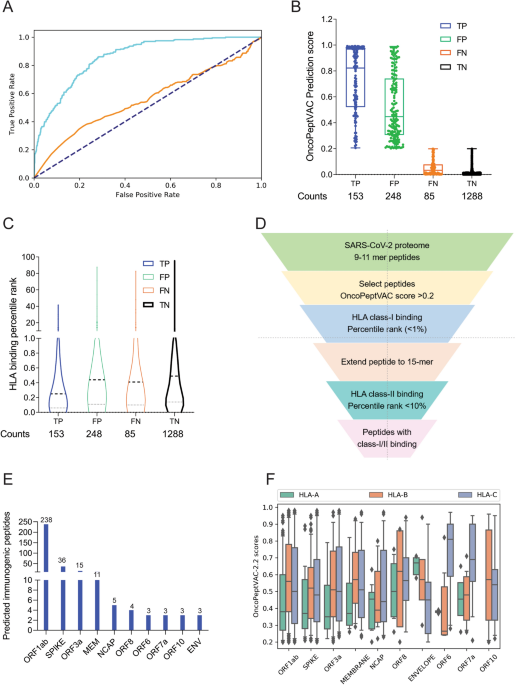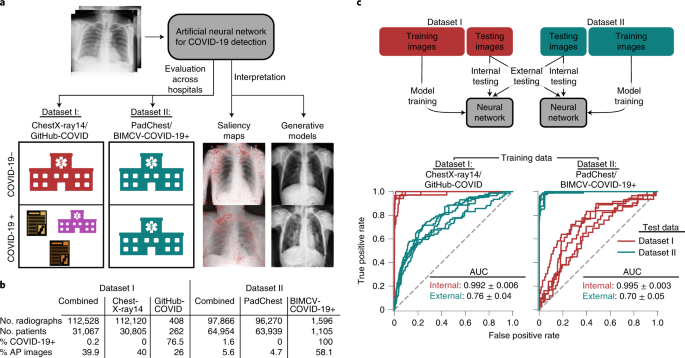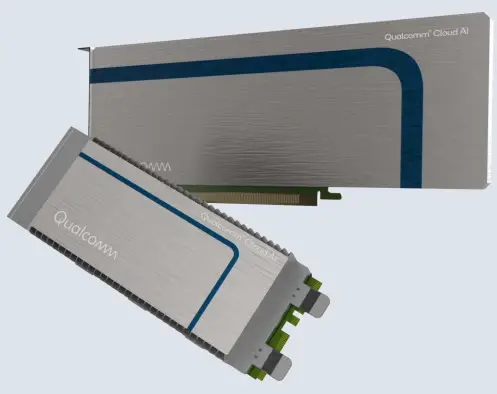
Why marginal emission factors are unsuitable for scope 2 accounting
Electricity Maps has been working on marginal emission factors since 2018, when we developed our first algorithm using machine learning. We wrote an explanation of what marginal emissions are in 2019, wrote about their applicability to real-time decisions in 2022 and more recently wrote about our latest innovations in this space. However, we never wrote about its applicability to Scope 2 accounting.
A number of stakeholders are promoting a shift in global Scope 2 carbon accounting rules towards a system based on marginal emission factors. The proposal, going under the name of “impact accounting” or “emissionality” has the ambition to be an alternative to the location-based and market-based method of Scope 2 accounting. The Greenhouse Gas Protocol’s existing Scope 2 Guidance is clear on the topic, stipulating p. 53 that “companies shall not use marginal emission factors” for this type of accounting.
However, it seems worth investigating why “impact accounting” isn’t compatible with Scope 2 accounting. We’ll see that “impact accounting” can lead to claiming more emissions than physically emitted by the grid. Furthermore, we’ll see that it conflicts with the definition of Scope 1 and Scope 2. This makes marginal emission factors unsuitable for accounting for emissions of a company’s inventory both now and in the future. This article assumes the reader is familiar with marginal emission factors.






















